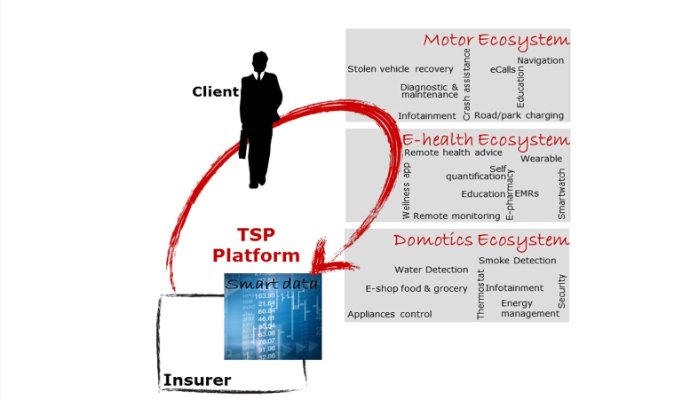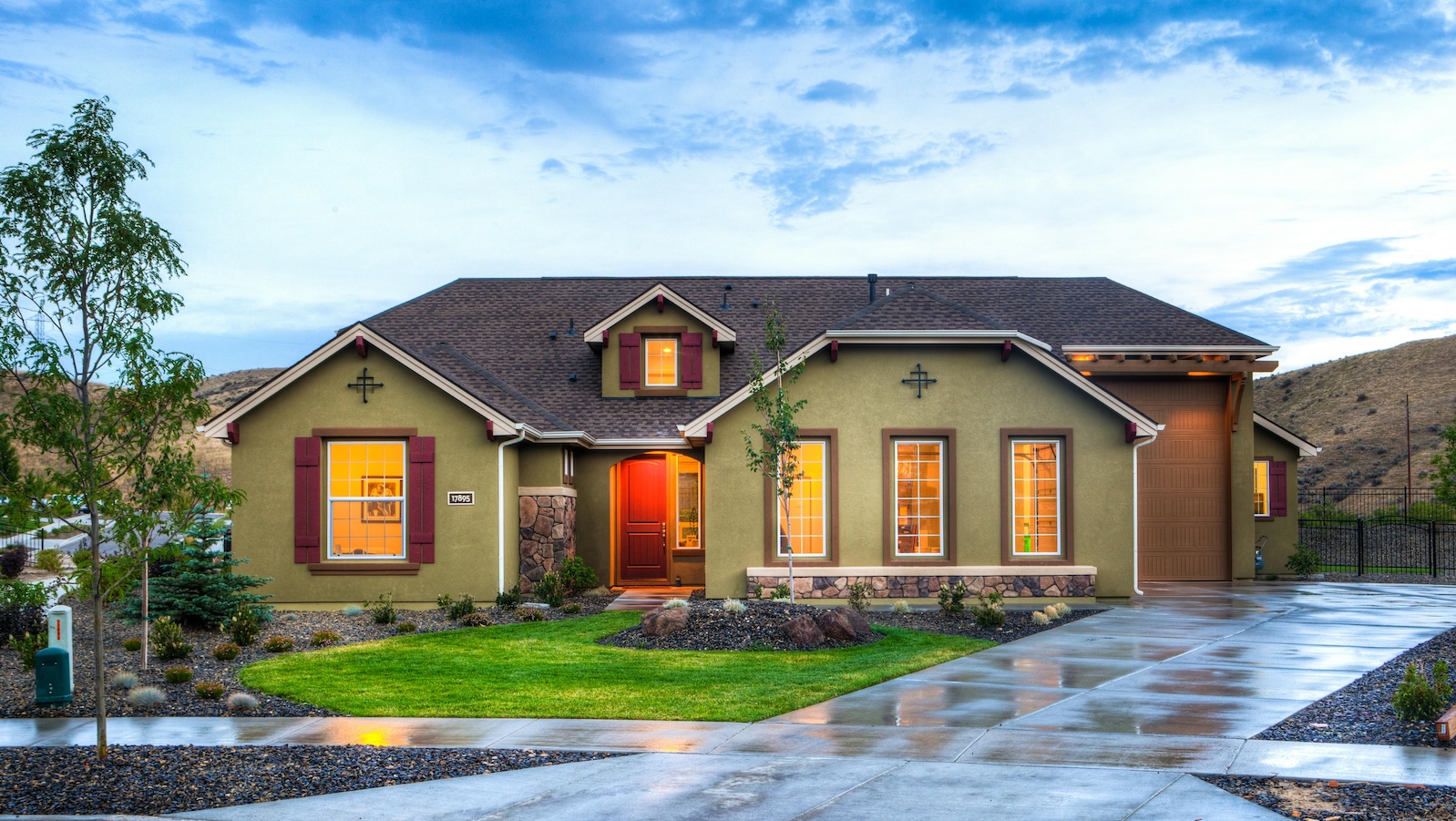The integration of technology in the insurance company’s value proposition is turning out to be one of the main evolutionary trends in the sector, and digital initiatives have been for a couple of years now one of the priorities of insurance groups. Until today, though, they have brought only limited improvement when it comes to the competitive abilities of the insurer.
The best practices at the international level show that, to obtain concrete benefits, the innovation has to be directed toward clearly determined strategic objectives.
An interesting example is the
American company Oscar – a start-up that in less than two years has managed to raise more than $300 million at a valuation of more than $1.5 billion. It has radically innovated the customer experience of individual health insurance policies by directing the innovation effort toward two key factors that are crucial for the profitability of the medical spending reimbursement business: deductibles and “emergency” visits.
Oscar has created an insurance value proposition based on a smartphone app that incorporates a highly advanced search engine – including a search based on symptoms – allowing the insured to identify and compare the medical structures part of the preferred network. In this way, the client receives support in optimizing direct spending before reaching the deductible; this basically postpones when the insurance company starts to pay and thus reduces the amount of spending (medical reimbursements) by the insurer for the remainder of the year.
The company addresses emergency visits by providing chat with a specialist and a call-back system that the insured can choose at will from inside the network. This represents a comfortable alternative and reduces the number of urgent visits.
Health insurance and connected health
In these last months, I have been considering how to replicate the motor telematics experience for the health insurance sector. Insurance companies see the benefits from a telematics black box and
how the return on investment in this type of technology can be maximized by the insurer: This is possible by taking into consideration not only the underwriting of the car insurance policy but by also looking at the services provided to the client, at loss control and at customer loyalty. In health insurance, similar benefits are achievable by using mHealth devices and wearables.
The first element is risk selection, seen in car insurance as:
- the capacity of auto selection and dissuasion of risky behavior,
- the integration of static variables traditionally used for pricing with a set of “telematics data” gathered within a limited time and used exclusively for supporting the underwriting phase.
The creation of a value proposition that is focused on the use of wearables and that uses "gamification" makes the product attractive to individuals who are younger and healthier – generating a
self-selection effect comparable to the motor telematics experiences. Oscar, s
ince the beginning of January, has been offering clients a pedometer connected to a mobile app. Every day, the app shows a personalized objective that, if attained, means $1 earned by the customer. Each month, the customer can receive a maximum of $20 as cash back from the company.
The second source of value generation is services. The use of telematics data represents an incredible opportunity for offering new health services and for offering a better customer experience: for example, the geolocation of medical structures and doctors who are part of the network, linked to a medical reimbursement policy.
Medibank, of Australia, has integrated in its health policy (using a smartphone app) a series of services built on informative contents and advice. The services are medical – as done by the Italian insurance fund Fondo Assistenza Benessere, using an app called
Consiglio dal Medico (an Italian start-up partnering also with Uber) – as well as related to wellness. Medibank, using this package of services, produced
10% growth in the company’s top line. This Australian player has created an app for noncustomers that gives access to wellness discounts and attracts customers who can later be offered other insurance, too.
The ability to provide health services with a high perceived value (from the client’s point of view) can also allow the company to increase the efficiency of guidance inside the preferred network – this is a crucial aspect for controlling the loss ratio of a medical reimbursement product. The loss control actually represents the third area of value creation, just
as it does for the auto business.
Within the health industry, it will soon be possible to generate significant economical benefits employing telemedicine to optimize spending with medical reimbursements or to link the reimbursement to the actual observance of the client's medical prescriptions. In the medium to long term, the objective is to have behavioral and contextual data to prevent fraud and early warning systems that can spot altered health conditions and that allow preventive and timely intervention.
South African-based Discovery has successfully tried out this second approach. It reduced the loss ratio of the cluster of insured who suffer from diabetes – mainly reimbursements linked to complications because of lack of self-control. Discovery provides an instrument for measuring the blood sugar level through a connected app and rewards the insured.
Discovery's Vitality program represents the international best practice regarding the fourth axis of value creation: behavior guidance, by using a loyalty-based system that rewards non-risky behavior. The South African company has integrated - in its very complex reward system – devices for measuring physical activity and has incorporated their usage among the “rewarded” types of behavior. Discovery’s
experience in several different countries proves the effectiveness of this approach in terms of:
- commercial appeal
- capacity to acquire less risky clients
- ability to gradually reduce the risk profile of the single client.
Pricing based on individual risk is the last benefit achievable with the integration of wearables and health insurance policies. Constant monitoring of the level of exposure to risk lets the insurer create tariffs based on the health state, lifestyle and context of a person.
As already done in the auto telematics business, this will be a goal to be attained after some years of data gathering and systematic analysis of the historical series together with information regarding medical reimbursements.
Home insurance and connected home
Homes are another area in which, at an international level, there has been experimentation with how to
integrate an insurance policy with actual sensors. There already exists a replication of the business model used more than 10 years ago in the auto insurance sector -- an up-front discount between 10% and 25% of the insurance premium based on installation of a device at the client’s house and by the payment of a fee for services or a lease for the technology. This approach, which has been adopted in the U.S. by
State Farm,
Liberty Mutual and
USAA and in Italy by
IntesaSanpaolo Assicura,
BNP Paribas Cardif,
Groupama e Poste, is based on two of the five levers of value creation: first,
loss control – focused on flooding, fire and theft – and second, value-added services. American companies have even reached the point where they offer clients a wide range of services provided by selected partners (
such as Nest) and tied to the home “ecosystem,” which can
even include medical assistance services.
An interesting and innovative example of the use of such technology for the assessment and risk selection in home insurance is the one adopted by
Suncorp with a retail touch to it, and by
ACE Group, which focuses more on the insurance needs of high net worth individuals (HNWIs). Both companies have used a partnership with a start-up called Trōv – a smartphone app that allows registering and organizing the information referring to personal objects, including through photos and receipts - to evolve their underwriting approach when it comes to the risk connected to the contents of the house.
Domotics, or home automation, is growing at a high rate even in Italy and represents a material part of the revenues generated by the Internet of Things, according to data provided by the
Osservatorio of the Politecnico di Milano. A horizontal domotics solution – with thermostats, smoke and water detectors, sensors present in appliances and other household items, sensors at the entrance and antitheft alarms, sensors spread within the building – would let an insurance company track the quantity and level of exposure to risk. This includes, for example, the periods and ways in which the home is used but also the state of the household and the external conditions to which it is exposed (humidity, mechanical vibrations, etc.).
The insurer could price based on individual risk, adopting pricing logic based on behavior,
as already done in the motor sector. This could open up growth opportunities, such as for secondary houses used only for vacation and rarely insured. This scenario, which sees the growth of solutions built on connected objects within the home – if correctly approached by insurers by reviewing their processes to make the most of the potential offered by gathered data – can lead to important benefits in loss control: Some studies have estimated that there is the potential to cut in half the current expenses for claims.
To turn this opportunity into reality, it is essential that the insurer acquire the ability to connect its processes (through adequate interfaces) with the different connected objects. Insurers must create an open digital platform that uses the multiple sensors to be found in the home “ecosystem” – just like those used in the health sector.
The change of paradigm doesn’t only concern fundamental aspects of the technological architecture – like data gathering or standardization of data coming from heterogeneous sources - but affects the strategic choices of the business model. For insurers, it becomes a necessity to define their level of ambition for their role in the ecosystem and for their cooperation with other players to create solutions and services around an integrated set of client’s needs.
It is extremely interesting to see the journey made by
American Family Insurance, which - in partnership with Microsoft – has launched a start-up accelerator focused on home automation.
Insurers have to start thinking strategically around how adapt insurance business to IoT, before some new Fintech comers do it.
This article originally appeared in the Insurance Daily n. 749 and n. 750 Editions.







